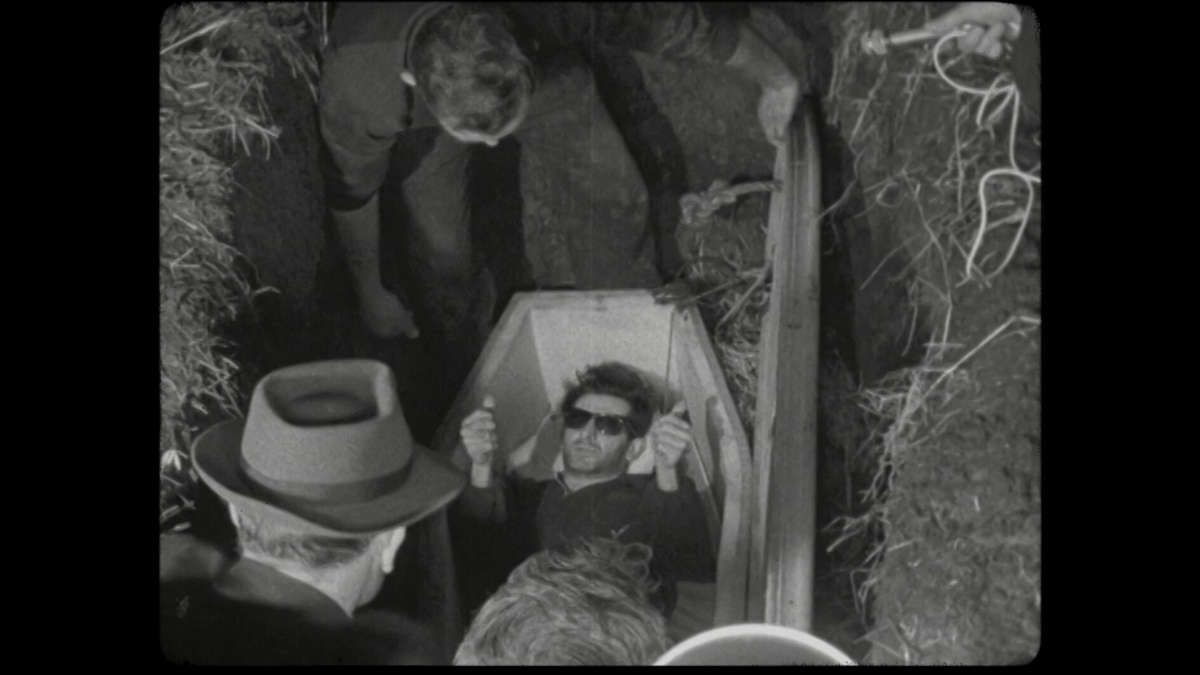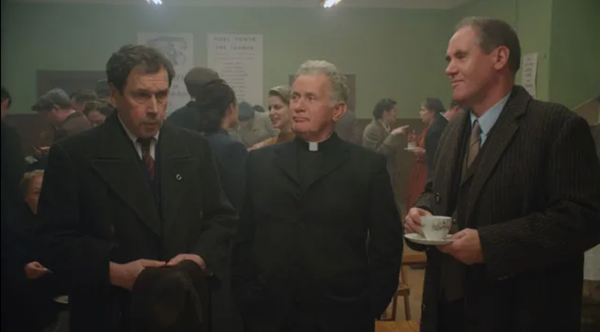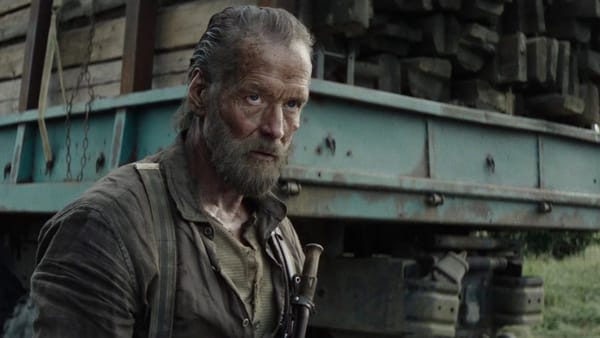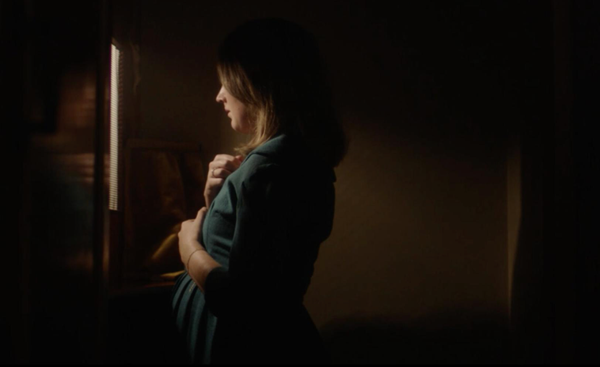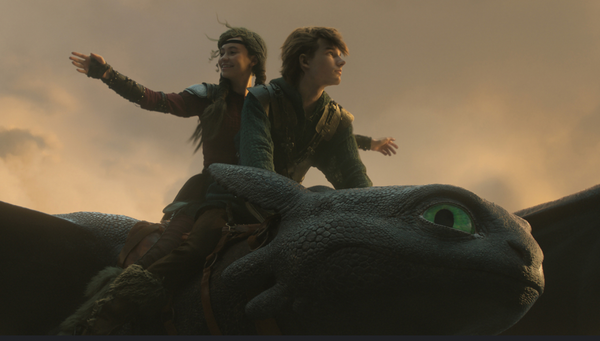Ronan Power digs deep in his review of Beo Faoin bhFód / Buried Alive.
Daire Collins’ Beo Faoin bhFód / Buried Alive is an extraordinary documentary that revisits the almost unbelievable true story of Mick Meaney. Mick is a Tipperary man whose life took him from hard graft in Ireland to a surreal chapter in London during the 1960s. With warmth, humour, and no shortage of poignancy, the film carefully reconstructs the tale of Meaney’s daring attempt to set a world record by being buried alive.
Mick Meaney was born around 1935 in County Tipperary, where he grew up working as a builder and labourer. Like many young men of his generation, he harboured dreams of making something more of himself, even flirting with the idea of becoming a boxer. His path changed when he emigrated to London, where he found steady employment at the Admiral Nelson pub in Kilburn. The pub was run by Michael “Butty” Sugrue, a charismatic Kerry-born strongman, entrepreneur and boxing promoter. Sugrue himself was already a minor celebrity, his greatest claim to fame being the man who brought none other than Muhammad Ali to Dublin.
The two men forged a friendship, though as the film explores, it was not necessarily one of equals. Meaney was a trusting, hard-working soul, while Sugrue had a flair for publicity and a sharp eye for profit. Together, they concocted a scheme that would push Mick into the limelight: he would attempt to break the world record for being buried alive, a bizarre but popular fad of the 1960s. The task was simple on paper: Meaney needed to endure 61 days underground in a wooden coffin, buried six feet beneath the earth.
The event itself became a media spectacle. Crowds gathered, reporters flocked, and the world watched. Ingeniously, a telephone line was installed so members of the public could speak to Meaney in his coffin - though only after dropping a coin into a jar kept at the Admiral Nelson bar.
Collins’ documentary brings this eccentric slice of history vividly to life. At just 52 minutes long, it is remarkably dense with detail and atmosphere. Archive television footage, vintage photographs and interviews with surviving witnesses are woven seamlessly together, giving a strong sense of time and place. Most moving are the reflections from Meaney’s close friends and his daughter, Mary, whose memories lend the film an emotional core.
Stylistically, Collins makes inventive choices. When gaps in the historical record appear, animation is used to cleverly bridge them, keeping the narrative flow intact. There is also a parade of colourful side characters - oddballs, opportunists and dreamers - whose inclusion adds a light comedic touch to the proceedings.
The reception to the film has been enthusiastic. At the Galway Film Fleadh in July, Beo Faoin bhFód / Buried Alive was warmly received by audiences. The filmmakers staged a playful stunt of their own by placing a replica of Mick Meaney’s coffin outside the cinema, inviting curious attendees to lie inside and experience, if only for a moment, what Mick endured for weeks on end. The film also screened at this year’s IFI Documentary Film Festival, followed by an engaging Q&A with Collins, editor-producer James O’Brien Moran and Mary Meaney herself, whose presence reinforced the deeply personal dimension of the story. The film is due for broadcast on TG4 later this year.
Ultimately, Beo Faoin bhFód / Buried Alive is more than a film about a strange record attempt, rather it's honours a complex man who dreamed big, and tells a story that lingers on long after the credits roll.
Beo Faoin bhFód / Buried Alive screened as part of the IFI Documentary Festival on 11th September 2025.

